Diaphragm valves are flow control devices that offer precision regulation to liquid, gas, and semi-solid slurry flows alike. Diaphragm valves regulate the transport of process streams by sealing process flow lines, either partially or fully, with a flexible membrane that is stretched by an actuator. They differ from other control valves, like pinch valves, ball valves, and butterfly valves, which use different methods to regulate gas and liquid. Read More…
It is our primary goal that we are able to treat each and every customer as if they were number one in hopes of turning first time customers into lifelong connections as well as to exceed customer expectation one hundred percent of the time in order to keep you coming back to us for all of your diaphragm valve needs! To receive more information about our company get in touch with our customer...
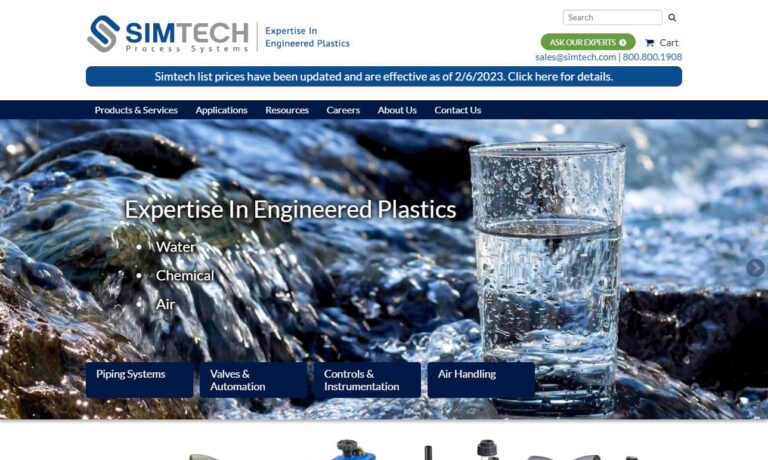
At Aquamatic, we take pride in our commitment to engineering excellence and innovation. Our expertise lies in the design and production of cutting-edge diaphragm valves that set industry standards. With a rich history of delivering top-notch solutions, we, at Aquamatic, are dedicated to providing unparalleled performance and reliability in fluid control.
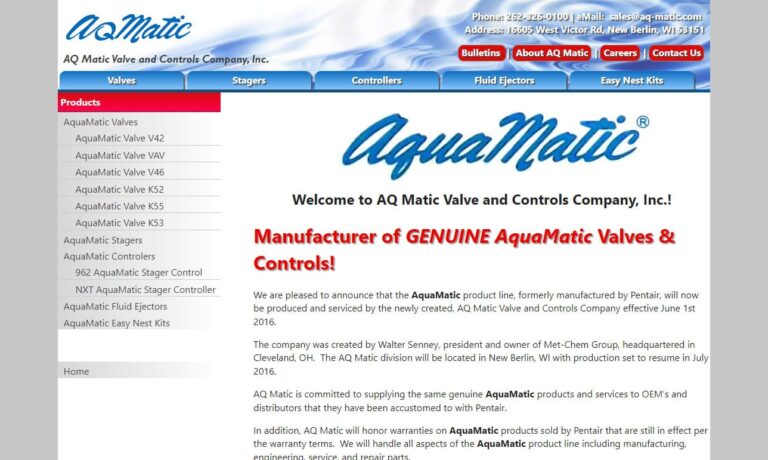
Watson-Marlow Fluid Technology is a leader in the diaphragm valve industry. Our expert team works side by side with our customers to ensure that our products fit their needs. For more information about our diaphragm valves, visit our website or give us a call today!

We manufacture a variety of butterfly control valves—stainless steel, lug, wafer butterfly valves, standard, custom, shut-off and more. ITT knows the various chemical, fluid and gas processes and engineers products accordingly. Our brand names include Fabri-Valve®, Richter™, Pure-Flo®.

More Diaphragm Valve Manufacturers
Diaphragm valves are versatile flow control devices designed for precise regulation of liquid, gas, and semi-solid slurry flows. They control the flow of process streams by sealing lines with a flexible membrane, which is adjusted by an actuator to provide partial or complete closure. Unlike other control valves such as pinch, ball, or butterfly valves, diaphragm valves utilize this unique membrane mechanism. Their adaptability and effectiveness make them a preferred choice across numerous industries, including agriculture, biopharmaceuticals, chemical processing, energy production, food processing, irrigation, medicine, mining, plumbing, pulp and paper, and water treatment.
History
Diaphragm valves date back to ancient Greece and Rome, where they were instrumental in managing the flow and temperature of water in hot baths. These early valves featured a leather diaphragm that could be pressed manually by an operator to create a seal. This action engaged the valve in a raised section known as a weir, allowing for precise control over the water.
The diaphragm valves of ancient civilizations remained obscure until the early 20th century, when P.K. Saunders, a South African mining engineer, stumbled upon them while indulging in a study of ancient history. Concurrently, he was grappling with the challenge of designing a more effective underground mining valve system. Existing valves were notorious for their leaks and inefficiencies, draining resources and power. Drawing inspiration from Greek and Roman ingenuity, Saunders created a revolutionary diaphragm valve that addressed these issues. Realizing the significance of his invention, he secured multiple patents and granted licenses to various companies to manufacture it. The first American company to adopt this innovation was Hills McCanna Company, which began distributing the diaphragm valve in 1931.
The evolution of diaphragm valves took a significant leap forward with the integration of cutting-edge materials, such as advanced elastomers and enhanced plastics. Initially, diaphragm valves were operated manually, but the industry soon embraced automation. This transition was facilitated by the introduction of actuators, which revolutionized diaphragm valves by boosting their reliability and efficiency.
Today, diaphragm valve manufacturers offer an impressive array of configurations and materials, resulting in products that are more reliable, well-crafted, and versatile than ever before. Advances in engineering have refined these valves to the point where many are now suited for the demanding conditions of the bio-pharmaceutical industry. As technology progresses, the future of diaphragm valves holds exciting possibilities that only time will reveal.
Design
Materials
Manufacturers must ensure that the materials used to construct a diaphragm valve are chemically compatible with the substances flowing through it and are highly durable. Incompatibility or lack of durability can lead to valve damage and potential product contamination. These materials may include adhesives, chemicals, cleaners, coatings, colorants, fuel, paints, silicones, and water.
Valve Body and Lining Materials
Manufacturers commonly choose materials like brass, cast iron, CPVC, PVC, stainless steel, and steel for diaphragm valve bodies. Stainless steel is particularly favored for its exceptional corrosion resistance, durability, and strength, making it a preferred choice for robust and long-lasting valve bodies.
Additionally, to minimize friction and extend the lifespan of the product, manufacturers can opt for a body lining made of fluorine plastic or rubber.
Diaphragm Materials
Our diaphragms are crafted from a range of elastomers, including polyethylene and polypropylene, as well as other materials used in the valve mechanism linings. For applications involving highly abrasive materials, we can enhance the diaphragm’s durability by reinforcing it with mesh fibers.
Considerations and Customization
When designing a diaphragm valve, we take into account various factors including the projected space, application diameter, frequency of operation, type of media, temperature and pressure ratings, process stream velocity, and necessary end connections. These considerations guide us in selecting the ideal valve type, materials for both the valve and diaphragm, as well as the shape, size, and controls. We can customize every aspect of the valve to perfectly match your specific application needs.
Features
Valves come in a variety of types, including manual, automatic, pneumatic, electric, and hydraulic. Each valve generally consists of a body, piping, an actuating device (actuator), a stem, and a diaphragm. The body, often spherical or cylindrical, houses both the actuating device and stem. The stem itself is typically a rod or piston.
The diaphragm is positioned in front of the stem. The piping, attached to the valve body, has a raised bump. When hydraulic fluid, compressed air, or manual turning action is applied, the stem presses down on the diaphragm, causing it to expand and block the piping and the fluids flowing through it. This is the closed position. In the open position, the stem retracts, allowing the diaphragm to return to its original state and enabling fluid to flow through.
It’s important to highlight that the actuator significantly enhances clean valve operations due to its versatile capabilities. Since clean valve operations are crucial for various applications of diaphragm valves, many of these require advanced options, such as hygienic, biotech, or sanitary diaphragm valves.
Types
Diaphragm Check Valves and Diaphragm Control Valves
Diaphragm valves fall into two primary categories: check valves and control valves.
Check valves use a flexible membrane diaphragm to maintain a unidirectional flow of materials.
Control valves, on the other hand, enable manufacturers to adjust pressure, temperature, flow rates, and liquid levels dynamically. They achieve this through the use of a diaphragm crafted from elastomer film or membrane.
Seat Valves and Saddle Valves
Check valves and control valves are categorized into two main configuration types: seat valves and saddle valves, also known as straight-way and weir valves, respectively.
These valves typically have multiple ports that allow materials to flow through. One port functions as the inlet, while at least one other port is designated for exhaust. When the valve is inactive, materials flow in through one port and out through another. When engaged, the valve restricts or entirely blocks the flow.
The main difference between seat valves and saddle valves deals with the alignment of their ports.
Seat valve bodies utilize a 90° bend to redirect the flow of a process stream as it navigates around a corner, creating a nonlinear path. These valves are commonly employed to manage angled flow at the bottoms of cisterns or tanks.
In contrast, saddle valves control flow through two ports positioned directly opposite each other, establishing and regulating a linear stream path. They are generally used to support and manage existing flow lines.
Despite variations in the angles of their piping or tubing, seat valves and saddle valves are fundamentally similar. Both feature a spherical or cylindrical body connected to the tubing or tank that requires the valve. Each valve houses an actuation device and a diaphragm. The diaphragm in both types is characterized by its thin edges and thicker center, which allows it to stretch easily. When the valve opens, the diaphragm lifts, permitting the passage of gasses or fluids. Conversely, when the valve closes, the stem presses the diaphragm against the opposite wall of the piping, creating a flexible yet effective barrier to control the flow.
Additional Diaphragm Valve Types
We offer a diverse range of diaphragm valves, including process valves, zero static valves, sanitary diaphragm valves, and various solenoid-operated models. Our selection features diaphragm solenoid valves, direct and indirect acting diaphragm solenoid valves, shut-off valves, pneumatic diaphragm valves, and diaphragm actuated gate valves.
Process valves are mechanical diaphragms engineered to control, initiate, or halt the flow within a process.
Zero static valves are an excellent choice for clean operations, as they effectively eliminate the chances for bacterial growth and prevent flow stagnation.
Sanitary diaphragm valves are designed to prevent product contamination by using sterile materials that ensure a clean, aseptic environment.
Diaphragm solenoid valves represent a specialized type of solenoid valve, which itself is an electromechanical device designed to control fluid flow. These valves incorporate a solenoid coil and are distinguished by their use of rubber diaphragms housed within the valve body. These diaphragms operate by opening and closing against a firm seat. Diaphragm solenoid valves can be classified as either direct-acting or indirect-acting, depending on their operational mechanism.
Direct acting diaphragm solenoid valves shift their diaphragm position solely in response to the energizing of the solenoid coil. When activated, the diaphragm either opens or closes, depending on whether the valve is normally open or normally closed.
Indirect-acting diaphragm solenoid valves, or pilot-operated diaphragm solenoid valves, depend on diaphragm pressure to function. These valves adjust the position of their diaphragm as the pressure of the fluid passing through them builds up. Essentially, the pressure of the media serves as a pilot, guiding the movement of the diaphragm.
Shut-off valves are designed to halt the flow in a pipe by providing a positive closure.
Pneumatic diaphragm valves are sophisticated devices that leverage pneumatic controls to operate an elastomeric membrane. Their appeal lies in their efficiency, as they rely solely on compressed air to facilitate the expansion and contraction of the diaphragm.
Our diaphragm actuated gate valves are designed as bi-directional flow safety solutions, merging the robust qualities of both diaphragm and gate valves into a highly dependable hybrid. These valves boast two floating seats, a sturdy slab gate, and a spring return diaphragm actuator, ensuring exceptional performance and reliability.
Advantages
Diaphragm valves present a multitude of benefits, establishing them as a popular option across diverse industries. Their straightforward installation process not only streamlines setup but also minimizes downtime during valve replacements or system adjustments. Known for their dependable performance and straightforward maintenance, diaphragm valves help avoid operational interruptions and lower overall maintenance expenses. Their durable construction allows them to withstand corrosion and damage from harsh chemicals and radioactive fluids, making them ideal for challenging applications where other valve types might fall short.
They offer a major advantage by eliminating dead spaces and air pockets where slurries, solids, and contaminants might otherwise collect. This design feature boosts the valve’s efficiency and guarantees that the process fluid stays pure, making these valves particularly well-suited for critical applications where maintaining purity is essential.
The diaphragm is essential to the valve’s performance, serving as the key sealing component. It ensures a secure shutoff, maintaining leak-proof operation even with abrasive or corrosive media. By preventing direct contact between the valve body and the process fluid, the diaphragm not only minimizes the risk of contamination but also reduces wear and tear, ultimately extending the valve’s lifespan.
They are designed to operate with minimal force, which leads to low energy consumption and less wear on the actuator, enhancing their cost-effectiveness. Their straightforward design and ease of maintenance make them a popular choice among plant operators and maintenance teams.
Thanks to their many benefits, diaphragm valves are widely used across various industries, including pharmaceuticals, chemical processing, water treatment, and food and beverage. These valves are crucial where precise control, reliability, and fluid purity are key to ensuring efficient and safe operations.
Accessories
We offer a range of accessories for diaphragm valves, each designed to enhance functionality and tailor them to various applications. Our O-ring sealed bonnets, for example, provide superior sealing and prevent leakage in high-pressure or high-temperature environments. Meanwhile, direct loaded bonnets deliver improved control and precision, making them ideal for applications that demand fine adjustments in flow rates or pressure.
Extended stems help access the valve’s operating handle or actuator in tight or hard-to-reach spaces, simplifying valve operation. Gearboxes offer a mechanical advantage, making it easier to handle large diaphragm valves, especially those with high flow rates or operating under significant pressure. Additionally, positioners ensure precise control over the valve’s position, enabling automatic regulation and consistent maintenance of flow rates or pressure levels.
Solenoids are electrical components designed to facilitate remote or automated control, making them perfect for situations that demand quick and repeated valve activation. Our mounting brackets ensure the valve remains firmly in position and offer straightforward installation across diverse surfaces or structures.
Choosing the right accessories for diaphragm valves hinges on the application and operational needs. For high-pressure or high-temperature environments, O-ring sealed bonnets are essential to achieve a secure seal and prevent leaks. In cases where valves are situated in difficult-to-access locations or need extra mechanical leverage, extended stems and gearboxes are ideal. Automated systems often rely on solenoids and positioners to allow for remote control and accurate regulation.
To wrap up, selecting the right diaphragm valve accessories hinges on various factors including operating conditions, flow rates, pressure levels, and automation requirements. Engaging with valve specialists or manufacturers can provide valuable insights to pinpoint the best accessories, ensuring optimal performance and efficiency of diaphragm valves in your specific applications.
Proper Care
To fully harness the advantages of diaphragm valves, proper care and maintenance are vital. We emphasize the importance of regularly inspecting and cleaning the valve components to avoid debris, scale, or other contaminants that might hinder performance. Given that the diaphragm is central to the valve’s function, it’s crucial to monitor it for any signs of wear, such as cracks, tears, or reduced flexibility. Prompt replacement of any worn or damaged diaphragms is essential for ensuring a secure seal, preventing leaks, and upholding the valve’s overall efficiency.
To prevent premature failure, it’s crucial to follow the manufacturer’s installation guidelines. Overtightening can stress the diaphragm and other components, leading to potential issues. By sticking to the recommended torque specifications and using proper assembly techniques, we ensure the valve remains intact and operates reliably and consistently.
Proper care of diaphragm valves offers a multitude of benefits. The primary advantage is improved reliability, as consistent maintenance minimizes the chances of unforeseen malfunctions, unplanned downtime, and expensive repairs. This reliability becomes especially crucial in industries where valve failure could lead to serious consequences, such as pharmaceutical manufacturing or chemical processing.
Moreover, properly maintained diaphragm valves provide exceptional control over fluid flow and pressure, enhancing the overall efficiency of the system. This precision in regulating process parameters results in better product quality and operational performance, which ultimately leads to cost savings and boosted productivity.
Proper care also helps maintain fluid purity. Thanks to their design, diaphragm valves keep the process fluid separate from the valve body, making them well-suited for handling sensitive media without the risk of contamination. By performing regular cleaning and maintenance, we ensure that the valve stays uncontaminated and continues to operate at peak performance. This makes diaphragm valves particularly ideal for critical processes that require exceptional fluid integrity.
Furthermore, diaphragm valves that receive proper maintenance exhibit lower actuation forces and decreased friction during operation, leading to enhanced energy efficiency. These efficiency improvements can lead to significant cost savings on energy over time and potentially extend the valve’s lifespan, making it a more sustainable and economical option in the long run.
In summary, to fully harness the benefits of diaphragm valves, it is crucial to prioritize their care and maintenance. By vigilantly monitoring their performance, following installation protocols, and conducting routine maintenance, users can achieve dependable operation, accurate control, fluid purity, and energy efficiency. This dedication to upkeep ensures that diaphragm valves remain a trusted and favored option in diverse industries and applications.
Choosing the Right Manufacturer
When searching for diaphragm valves, achieving the best results means partnering with a top-notch valve manufacturer or supplier. To help you find a reliable option, we’ve compiled a detailed list of our most trusted diaphragm valve manufacturers. You’ll find their company profiles and relevant information seamlessly integrated with industry insights.
Before diving into the search for manufacturers, we suggest taking a moment to outline your specifications. This should encompass not only technical details but also your budget, timeline, delivery preferences, and post-delivery support needs, such as installation assistance and parts replacement. With these specifications clearly defined, you’ll be ready to begin your search. As you explore potential manufacturers, keep your criteria in mind. Select three or four diaphragm valve manufacturers that stand out to you and reach out to them. Engage in detailed discussions about your application and don’t hesitate to ask numerous questions. A responsive and supportive sales team is a hallmark of a good company—if they seem impatient with your inquiries, it may be a red flag. After speaking with each manufacturer, compare their services and offerings to choose the one that best fits your needs.

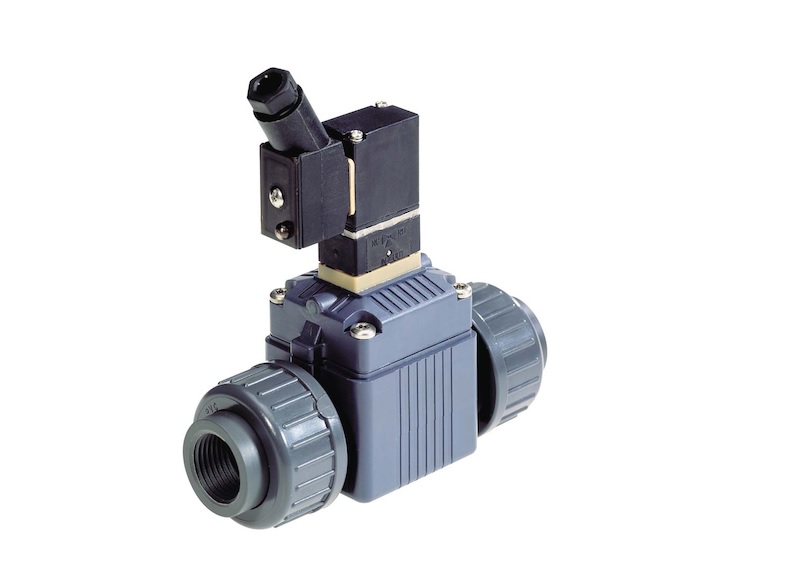 Diaphragm Valves – Burkert Fluid Control Systems
Diaphragm Valves – Burkert Fluid Control Systems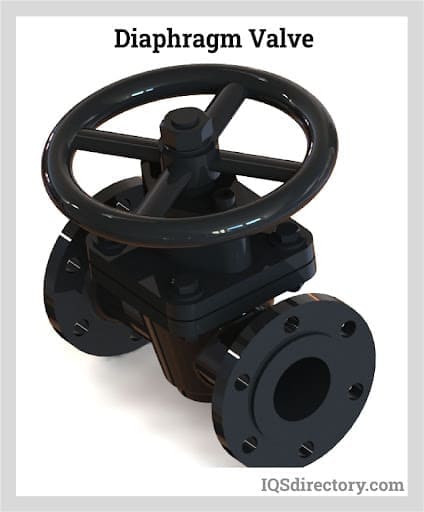
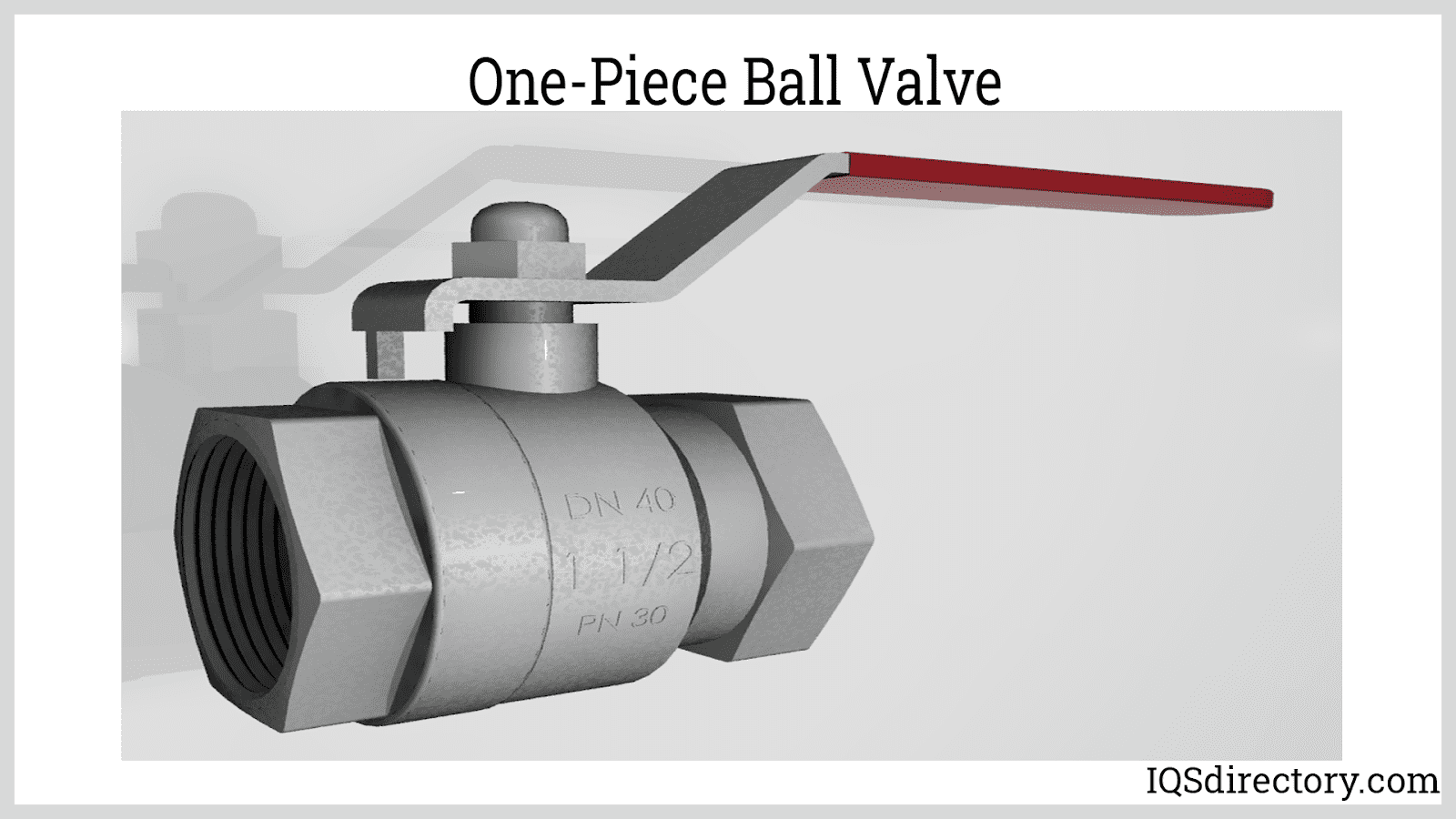
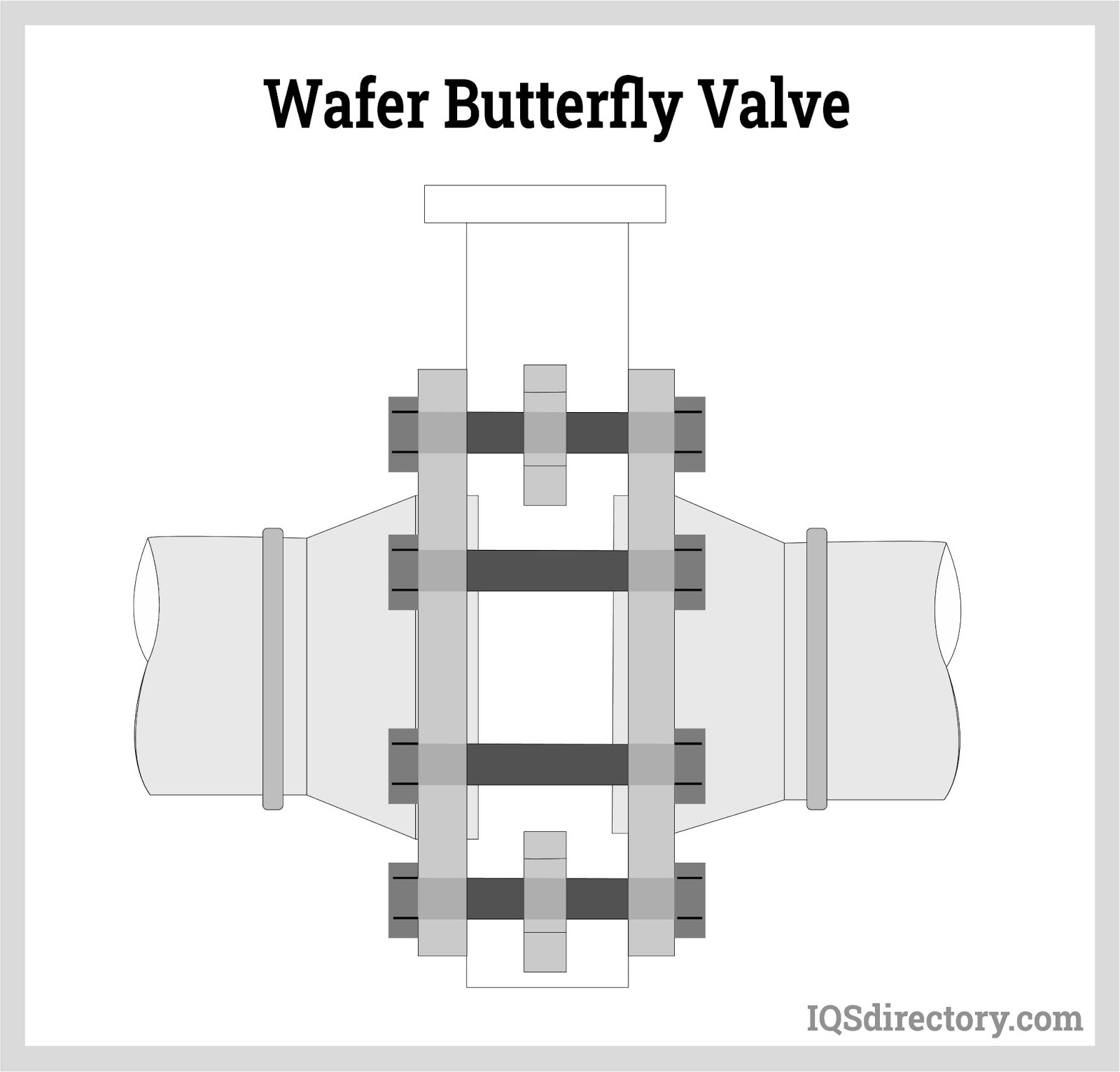
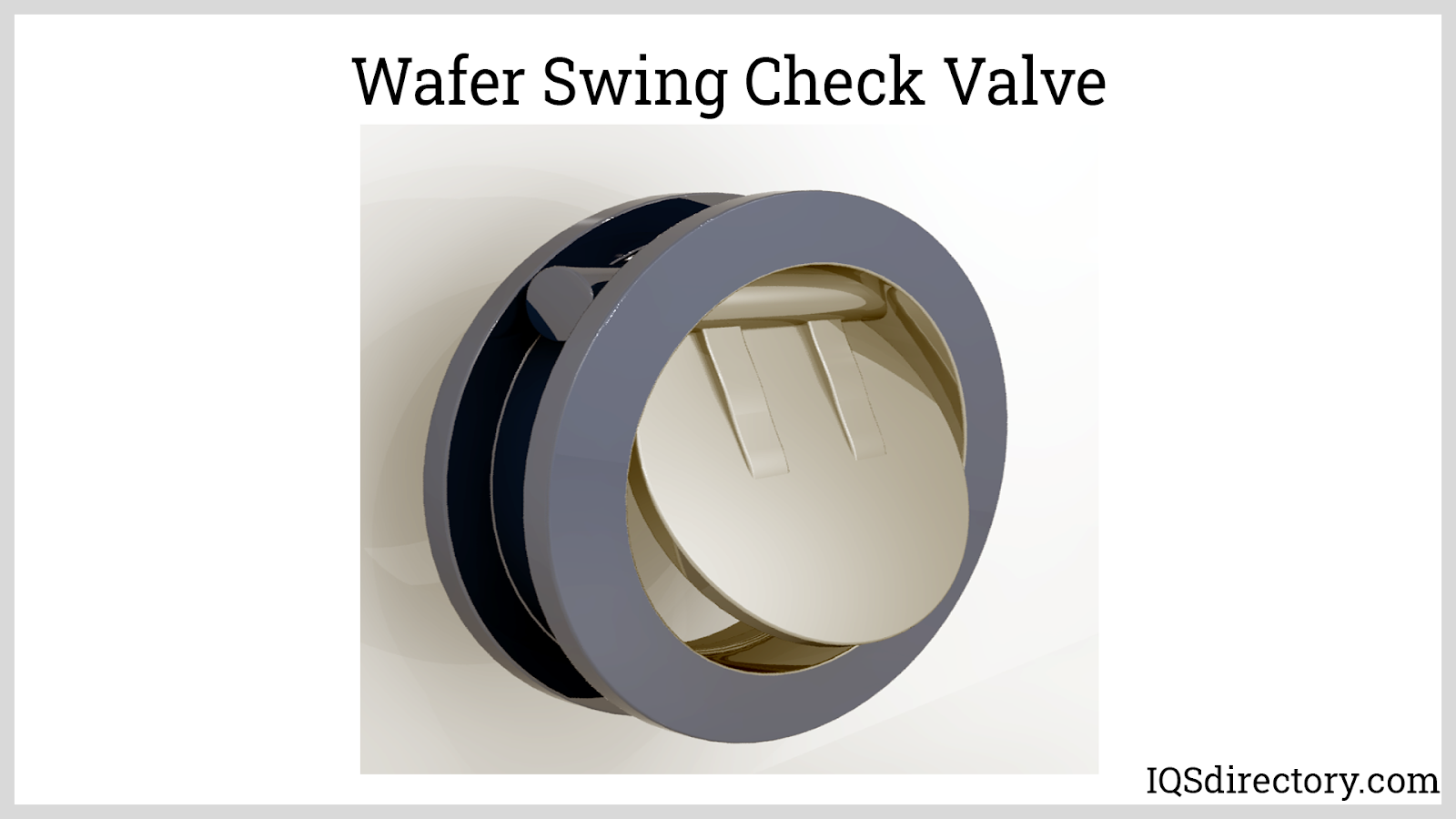
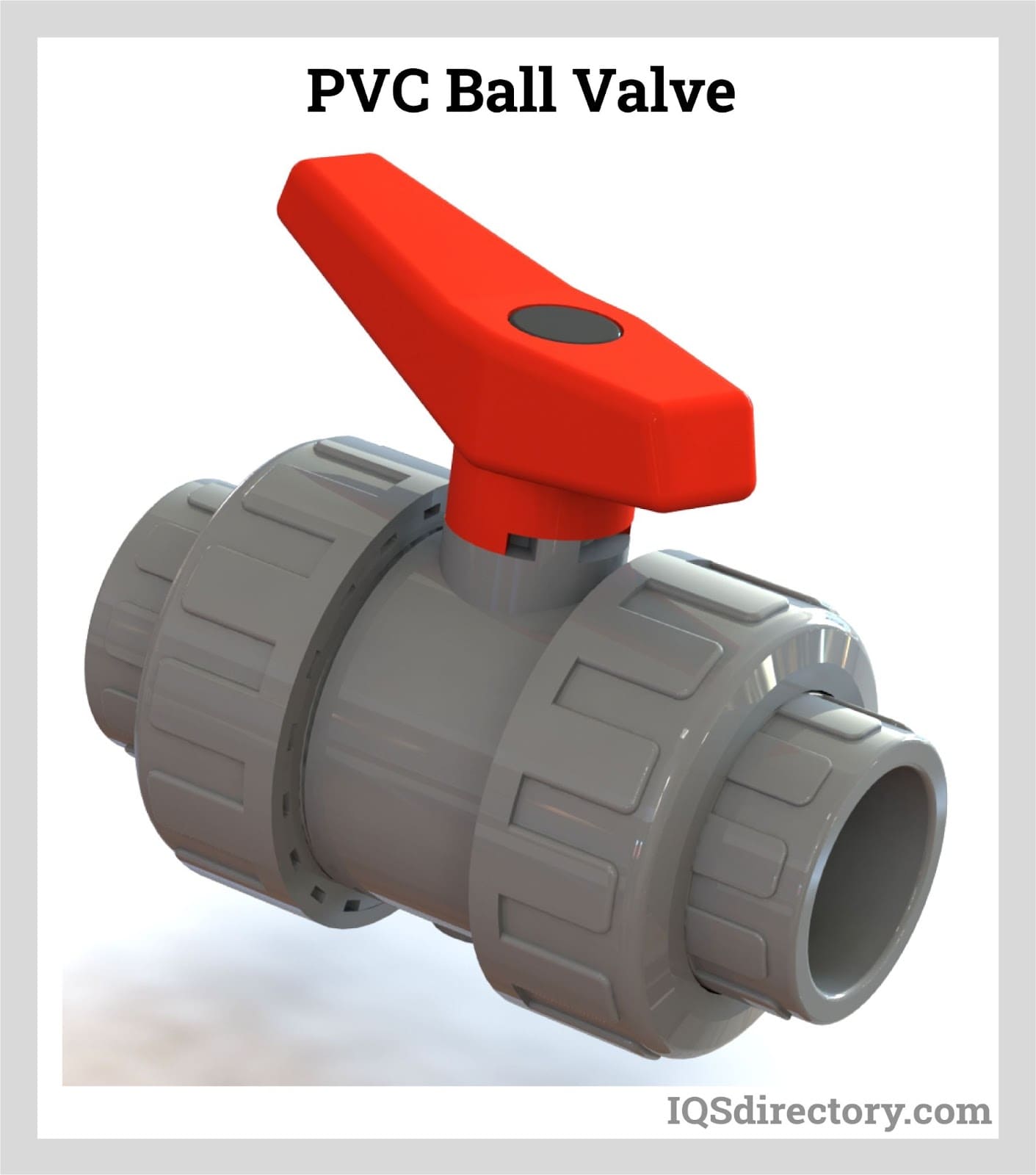
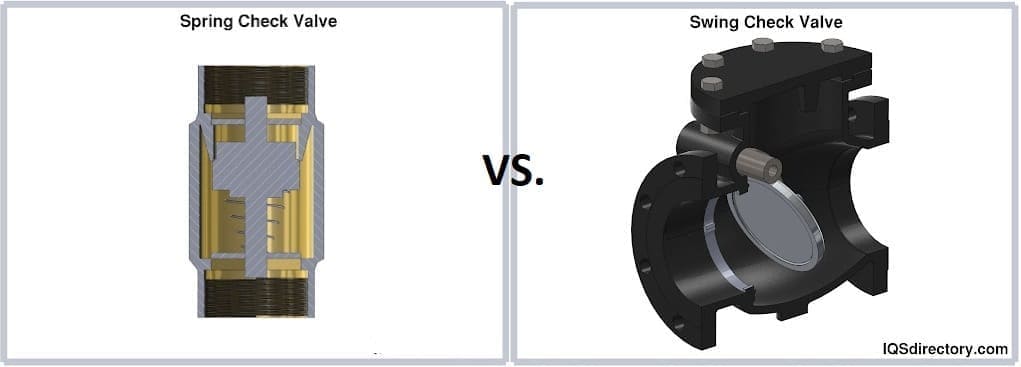
 Ball Valves
Ball Valves Butterfly Valves
Butterfly Valves Centrifugal Pumps
Centrifugal Pumps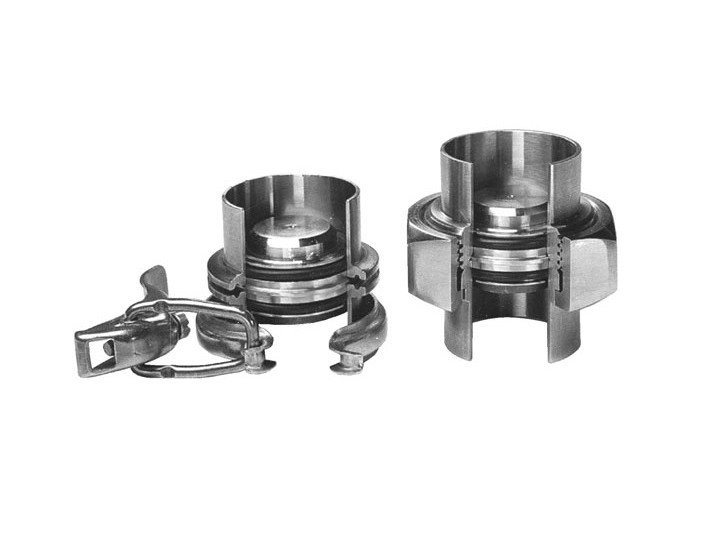 Check Valves
Check Valves Diaphragm Valves
Diaphragm Valves Flow Meters
Flow Meters Hydraulic Pumps
Hydraulic Pumps Hydraulic Valves
Hydraulic Valves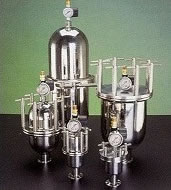 Metering Pumps
Metering Pumps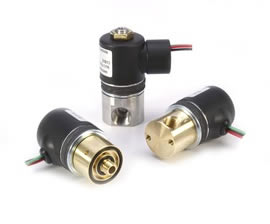 Solenoid Valves
Solenoid Valves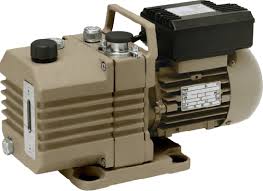 Vacuum Pumps
Vacuum Pumps Castings & Forgings
Castings & Forgings Bulk Material Handling
Bulk Material Handling Electrical & Electronic Components
Electrical & Electronic Components Flow Instrumentation
Flow Instrumentation Hardware
Hardware Material Handling Equipment
Material Handling Equipment Metal Cutting Services
Metal Cutting Services Metal Forming Services
Metal Forming Services Metal Suppliers
Metal Suppliers Motion Control Products
Motion Control Products Plant & Facility Equipment
Plant & Facility Equipment Plant & Facility Supplies
Plant & Facility Supplies Plastic Molding Processes
Plastic Molding Processes Pumps & Valves
Pumps & Valves Recycling Equipment
Recycling Equipment Rubber Products & Services
Rubber Products & Services